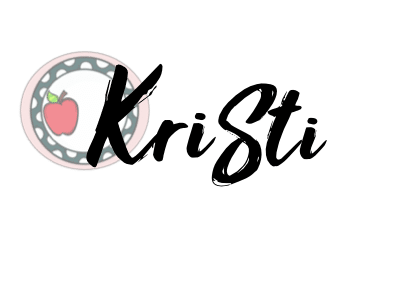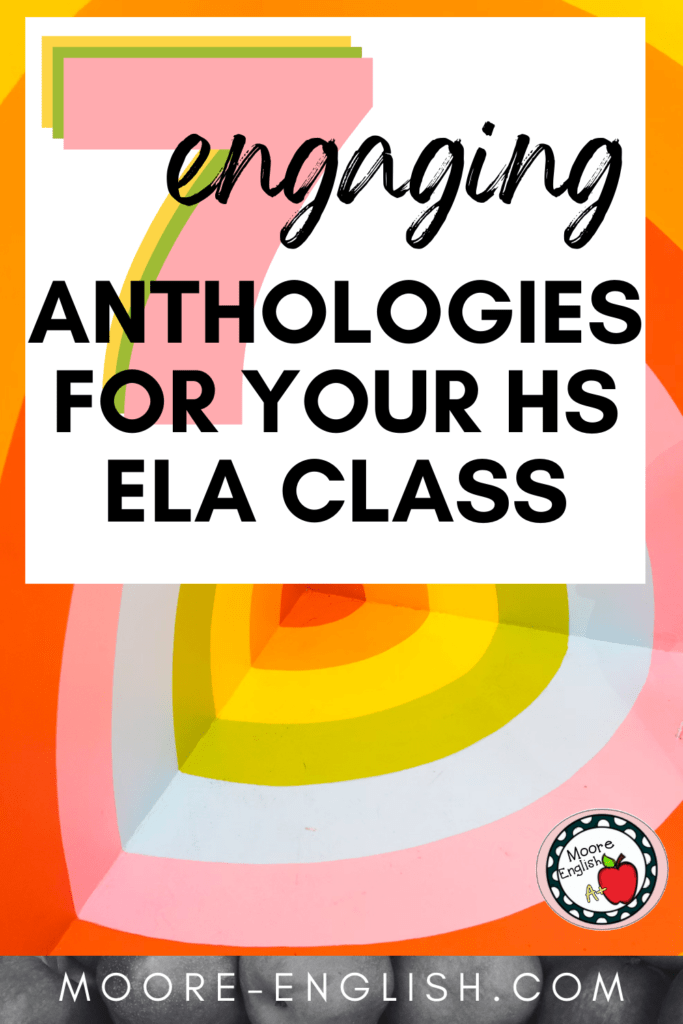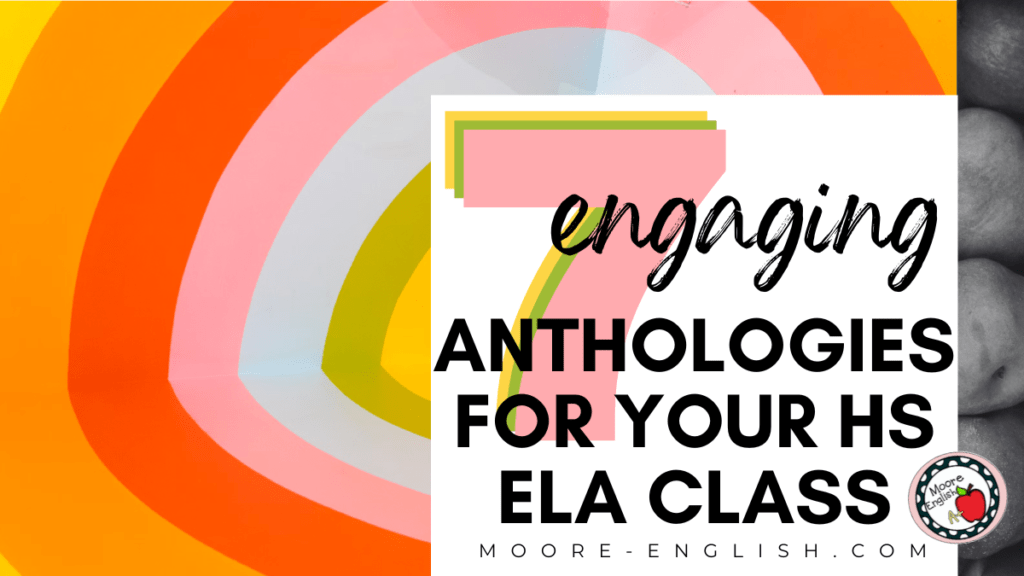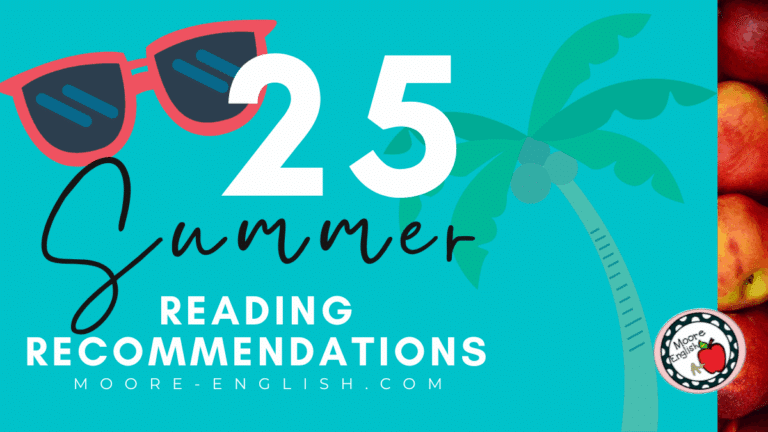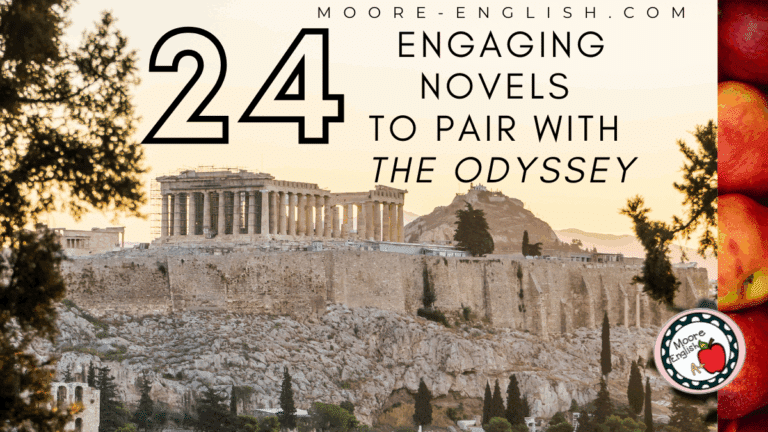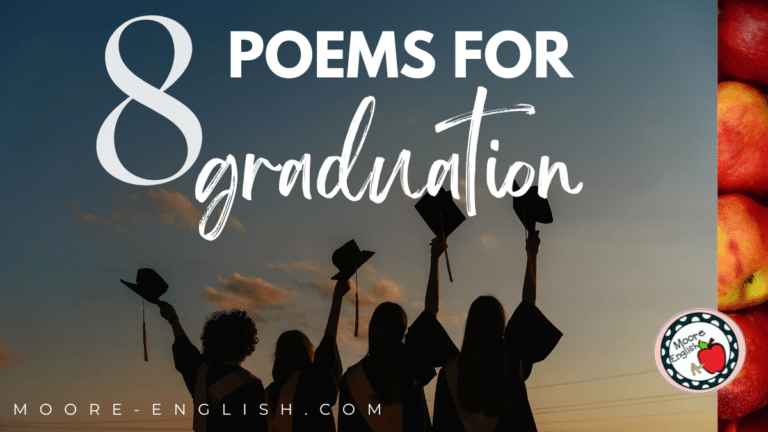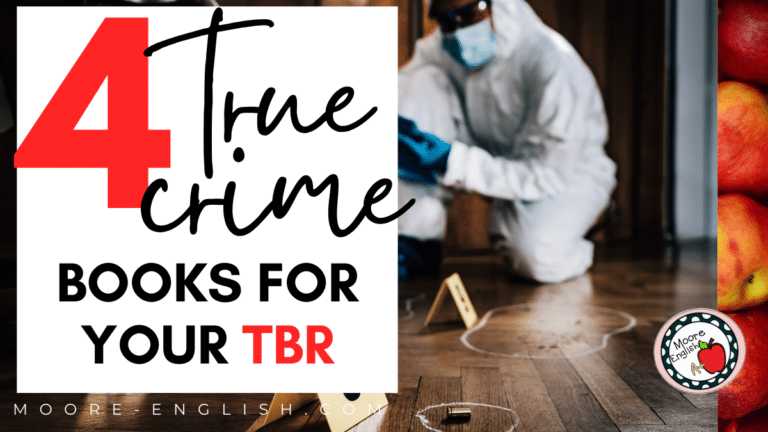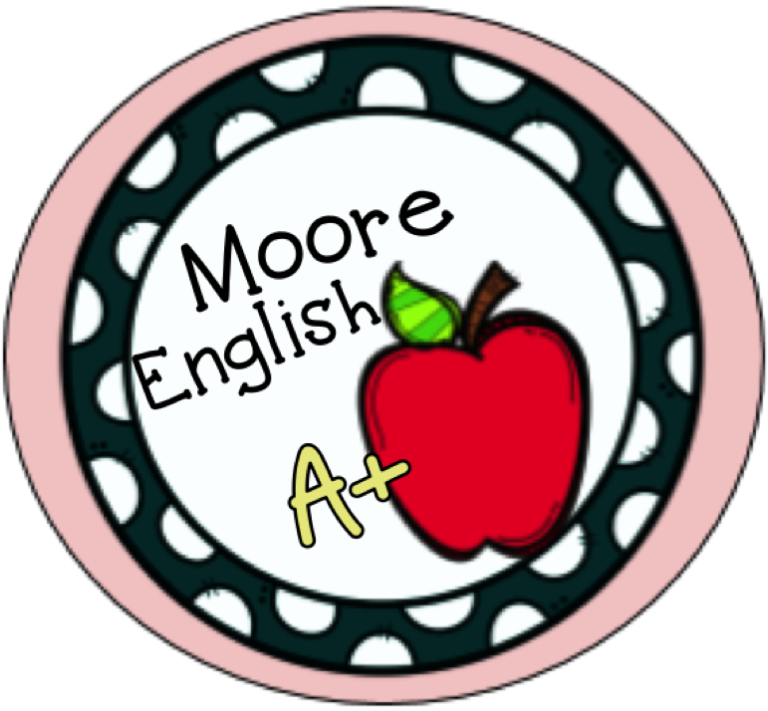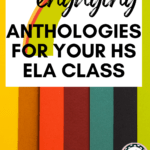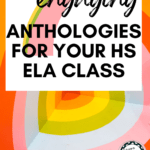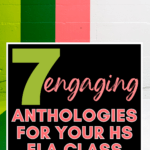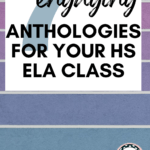Every language arts teacher worth her salt has a stack of used Norton anthologies. When I see one at a used book store, it always finds its way onto my bookshelf. While Norton anthologies are classic, there are so many more high-quality, engaging, and diverse anthologies. Today, I want to spotlight 5 suggestions for your classroom library.
Anthologies are a great classroom resource because teachers can use them in many ways.
- First, anthologies can always be part of the classroom library.
- Second, anthologies can be excellent mirrors, windows, and sliding glass doors helping students to see the world from a different perspective and helping them develop empathy.
- Third, teachers can pull pieces selectively from anthologies. We can use them to build thematic units, to build synthesis-thinking skills, or to target intervention.
This post this post may contain affiliate links. Please read the Terms of Use.
Poetry Collections
Call Us What We Carry: Poems by Amanda Gorman is such a powerful collection. After Gorman performed at President Biden’s inauguration, my students became interested in her work. Rarely is there a book I feel works better in hard copy, but this is one of those titles. The shape of the poems and the formatting or structure is unique and, to my mind, best experienced in hard copy.
Good Bones and Goldenrod by Maggie Smith are two poetry collections I cherish. Good Bones is a book I have given as a housewarming gift. It also contains “What I Carried” and “You could never take a car to Greenland,” two poems I enjoy teaching. Smith also has a memoir coming out this year!
Great Goddesses: Life Lessons From Myths and Monsters by Nikita Gill is a perennial classroom favorite. My students love stories of mythology, and this collection of poems reimagines classic tales with a modern twist. I incorporate Gill’s “Helen” in one of my favorite synthesis bundles.
Nonfiction Anthologies
Wannabe: Reckonings with the Pop Culture That Shapes Me by Aisha Harris was one of the first books I read in 2024. You may know Harris from the viral “Santa Claus is a Black man” moment. While she does discuss this viral cacophony toward the end of the book, my favorite chapter was called “Kenny G Gets It.” The popular culture covered in this anthology makes it a perfect classroom addition.
The Anthropocene Reviewed: Essays on a Human-Centered Planet by John Green is a recommendation from one of my co-workers. She uses Green’s essays as mentor texts for students’ informative papers. For my money, the essay “Our Capacity for Wonder” pairs beautifully with The Great Gatsby.
Mixed Media Anthologies
#NotYourPrincess edited by Lisa Charleyboy and Mary Beth Leatherdale changed the way I introduce Native and Indigenous literature. For one, my American literature textbook is from 1991 and does little with Native and Indigenous literature beyond origin stories. Of the anthologies on this list, this one is special for its mix of nonfiction, poetry, and artwork. My students loved the different paintings, drawings, and photographs that complement most of the texts.
Wild Tongues Can’t Be Tamed: 15 Voices from the Latinx Diaspora edited by Saraciea J. Fennell includes short stories and poetry. Many of my students know Elizabeth Acevedo from The Poet X and Clap When You Land, so they are drawn to her “A Mi Orden: A Meditation on Dichos.” I was moved by “The Land, the Ghosts, and Me” by Cristina Arreola and “Eres un Pocho” by Mark Oshiro.
More Book Recommendations
I love reading, so I have you covered for classroom library recommendations! Check out these titles to bring a greater sense of diversity and engagement to your classroom library.
- The Best Books of 2022
- 22 Books to Read in 2022
- 20 Books That Shocked Me
- 14 Books for Reluctant Readers
- The Absolute Best Books of 2023
- 24 Student-Recommended Books for Your Classroom Library
- 15 LGBTQIA+ Books to Make Your Classroom Library More Inclusive
